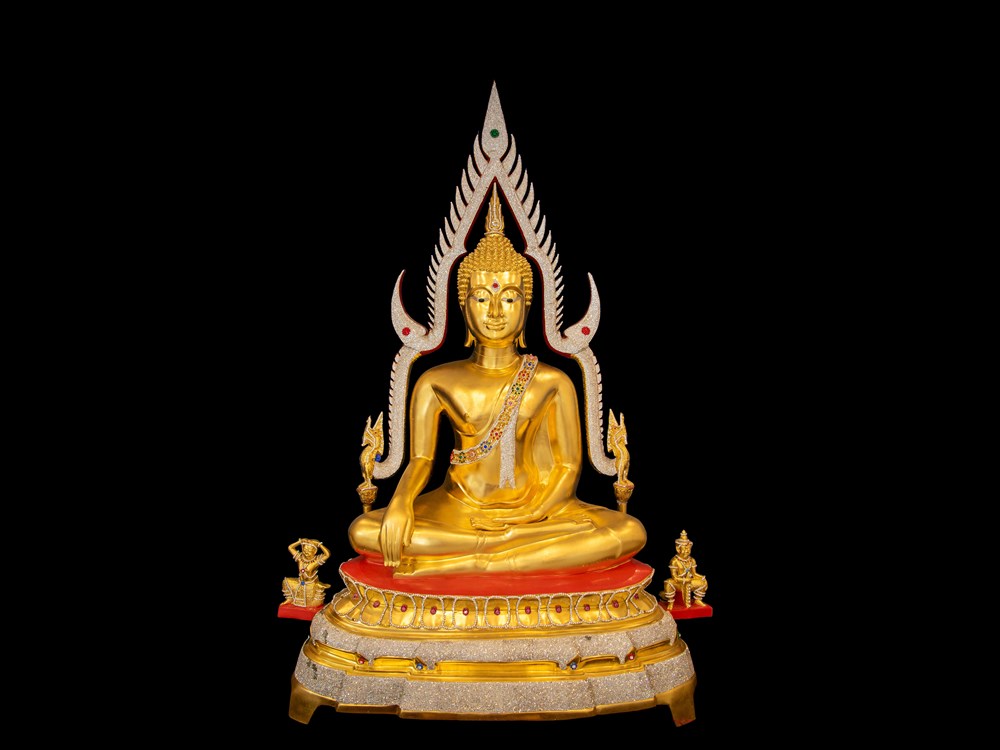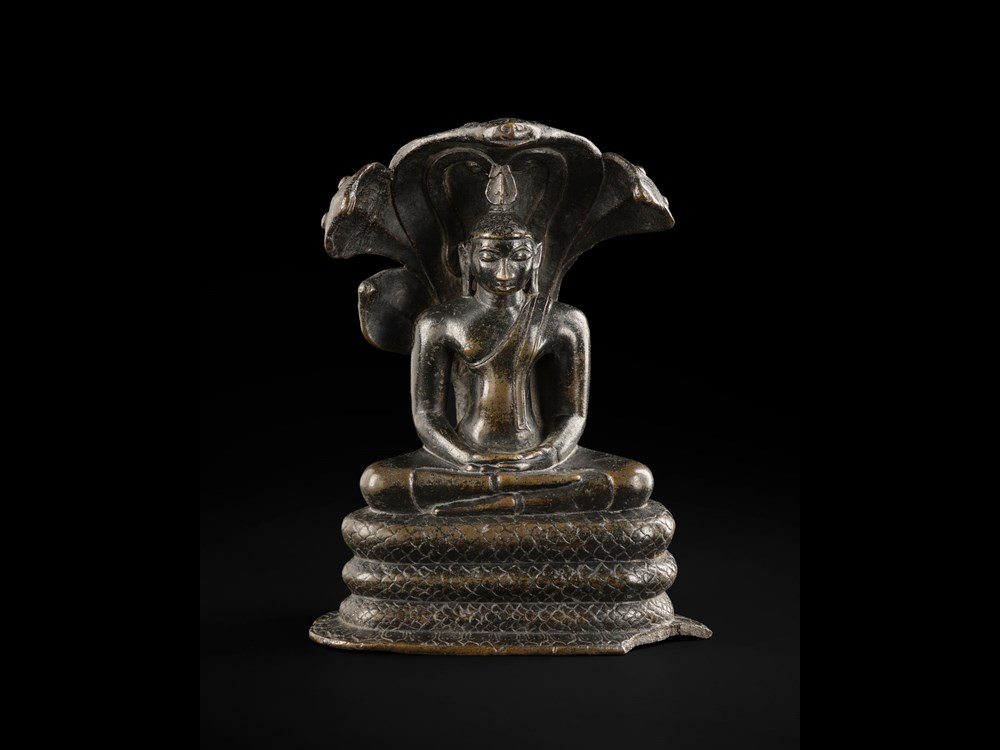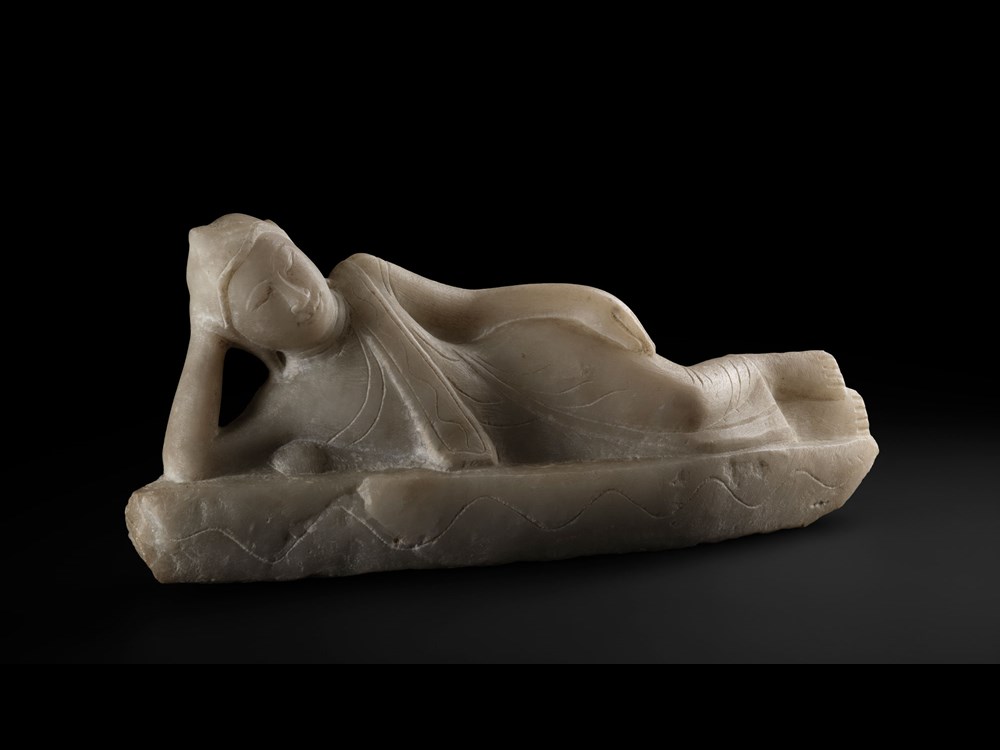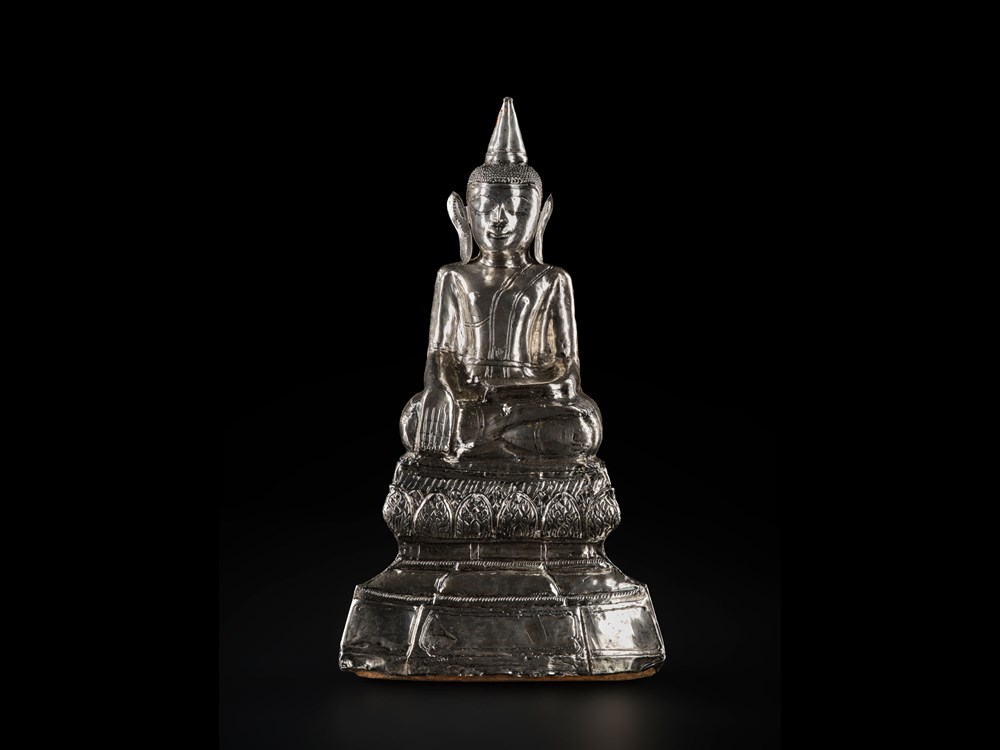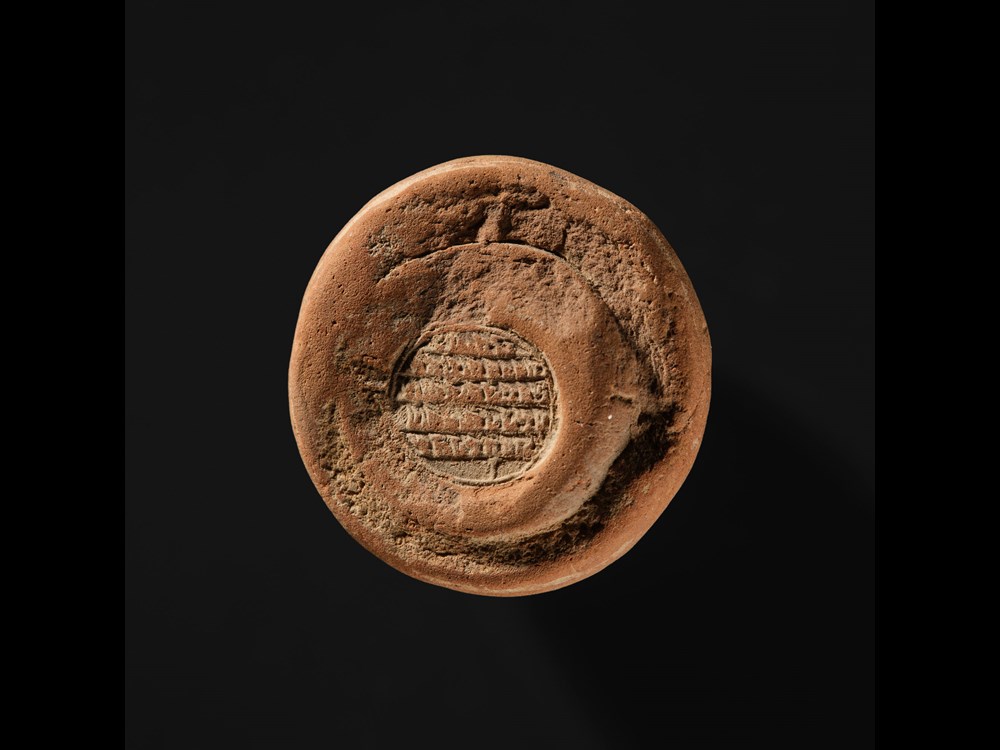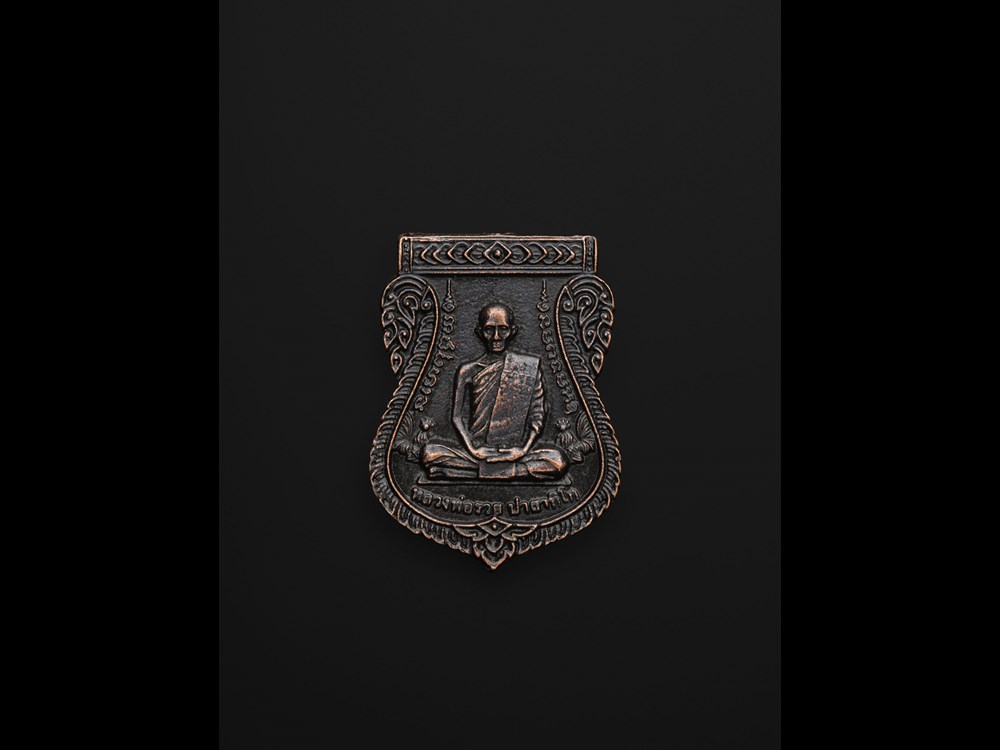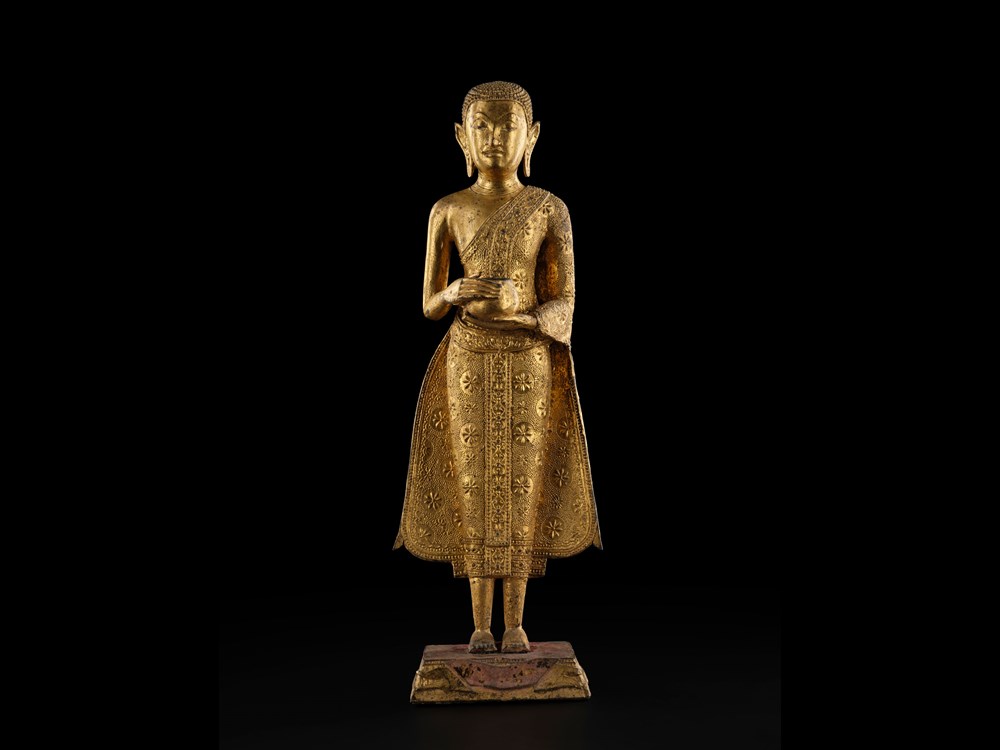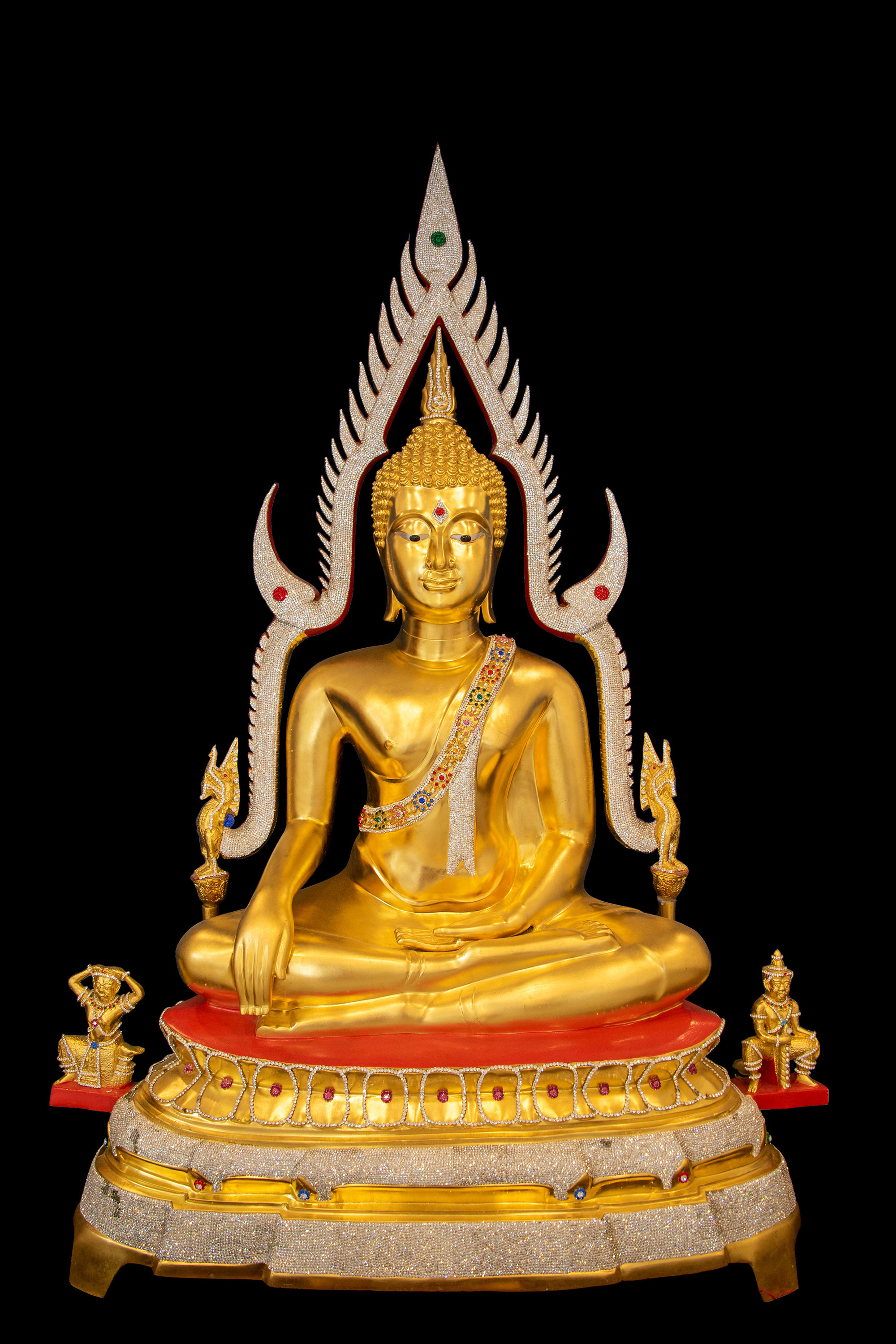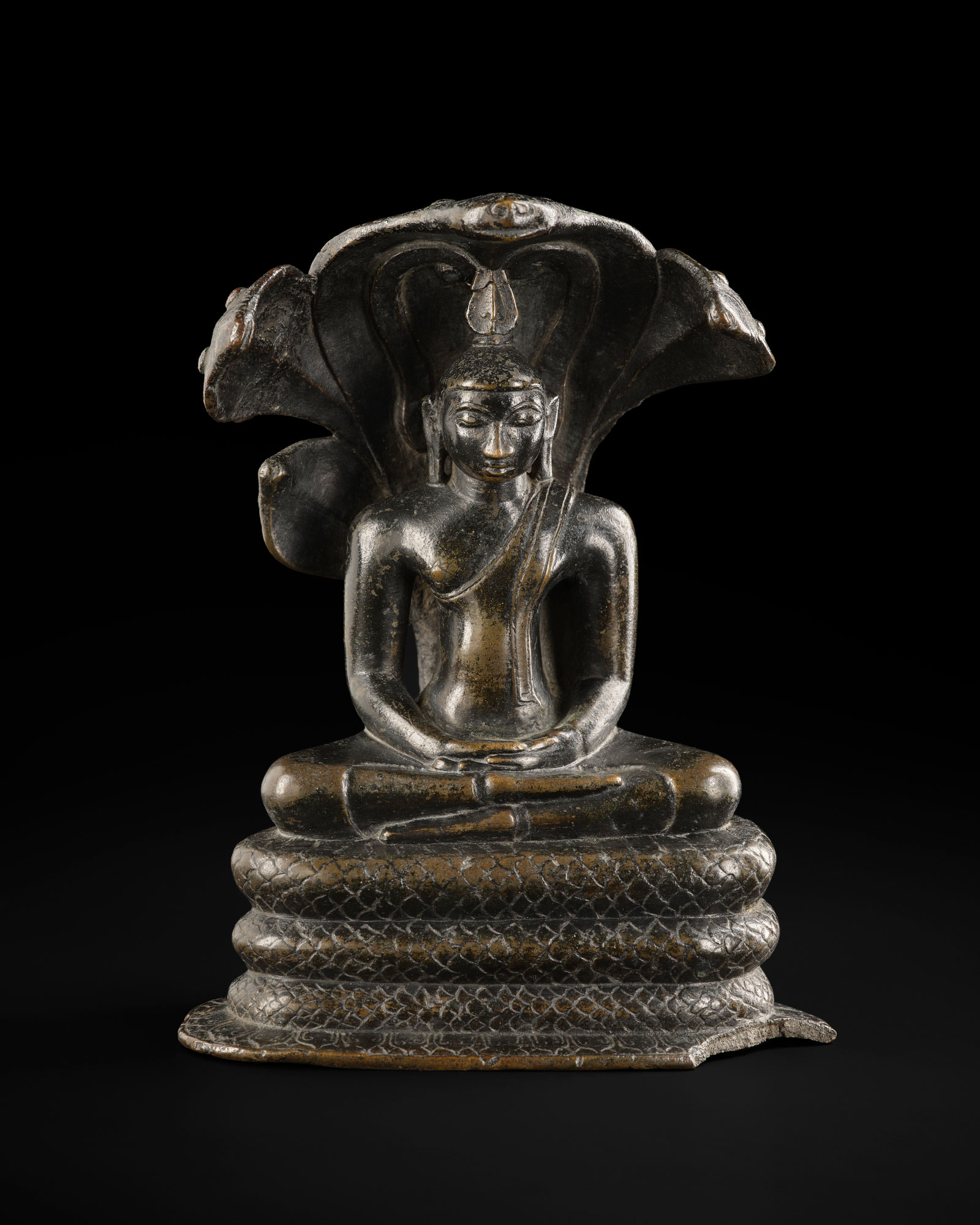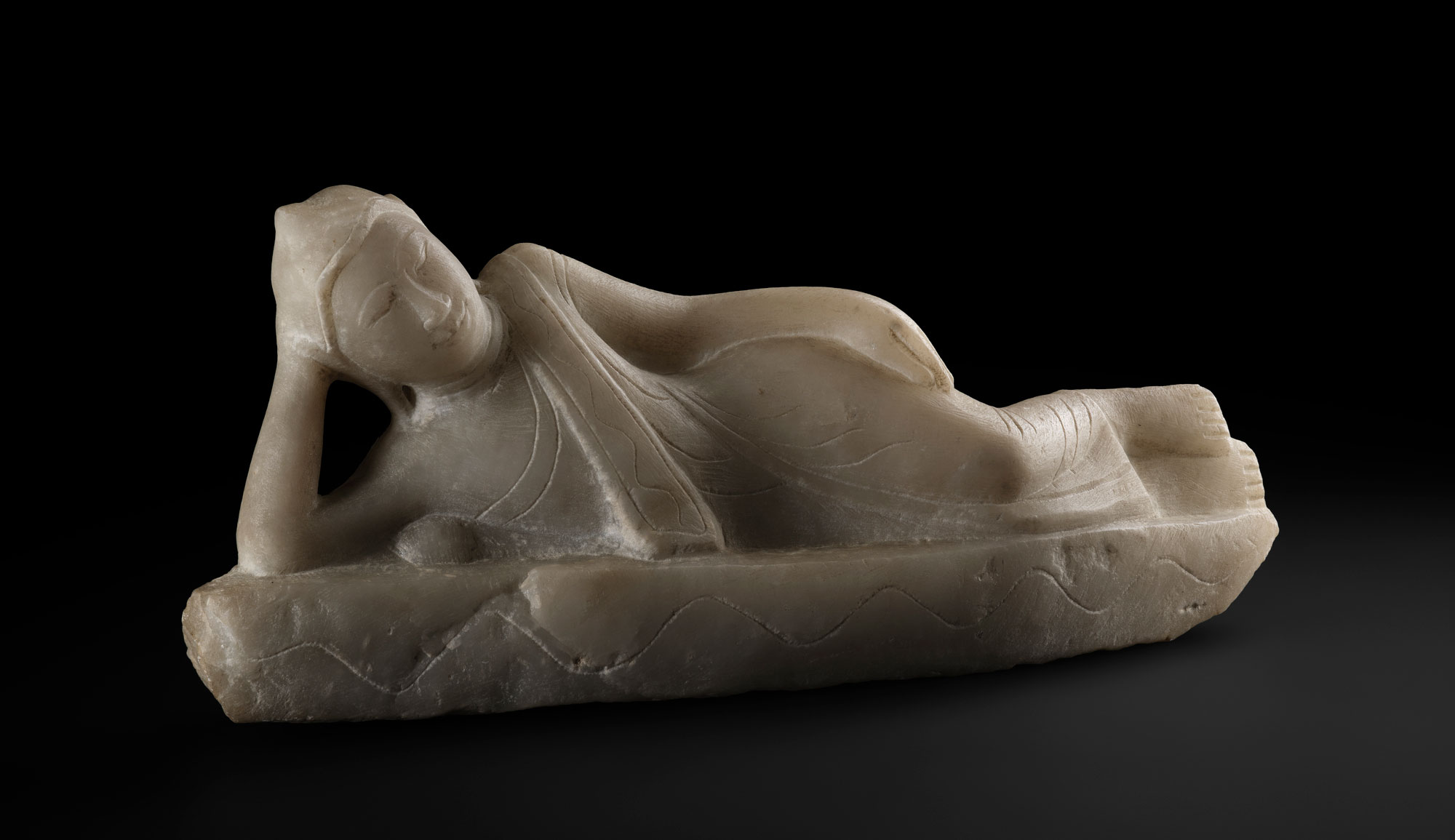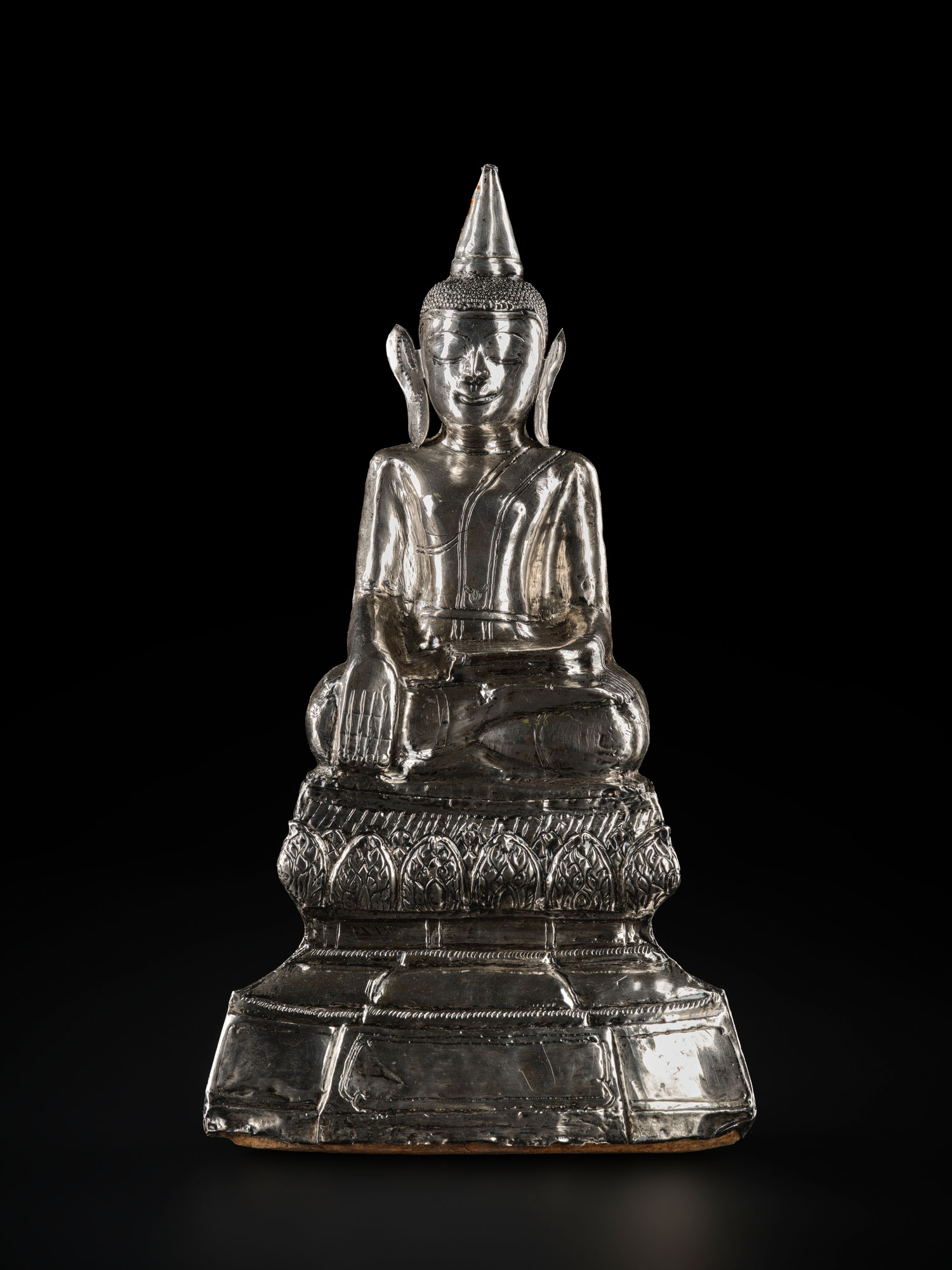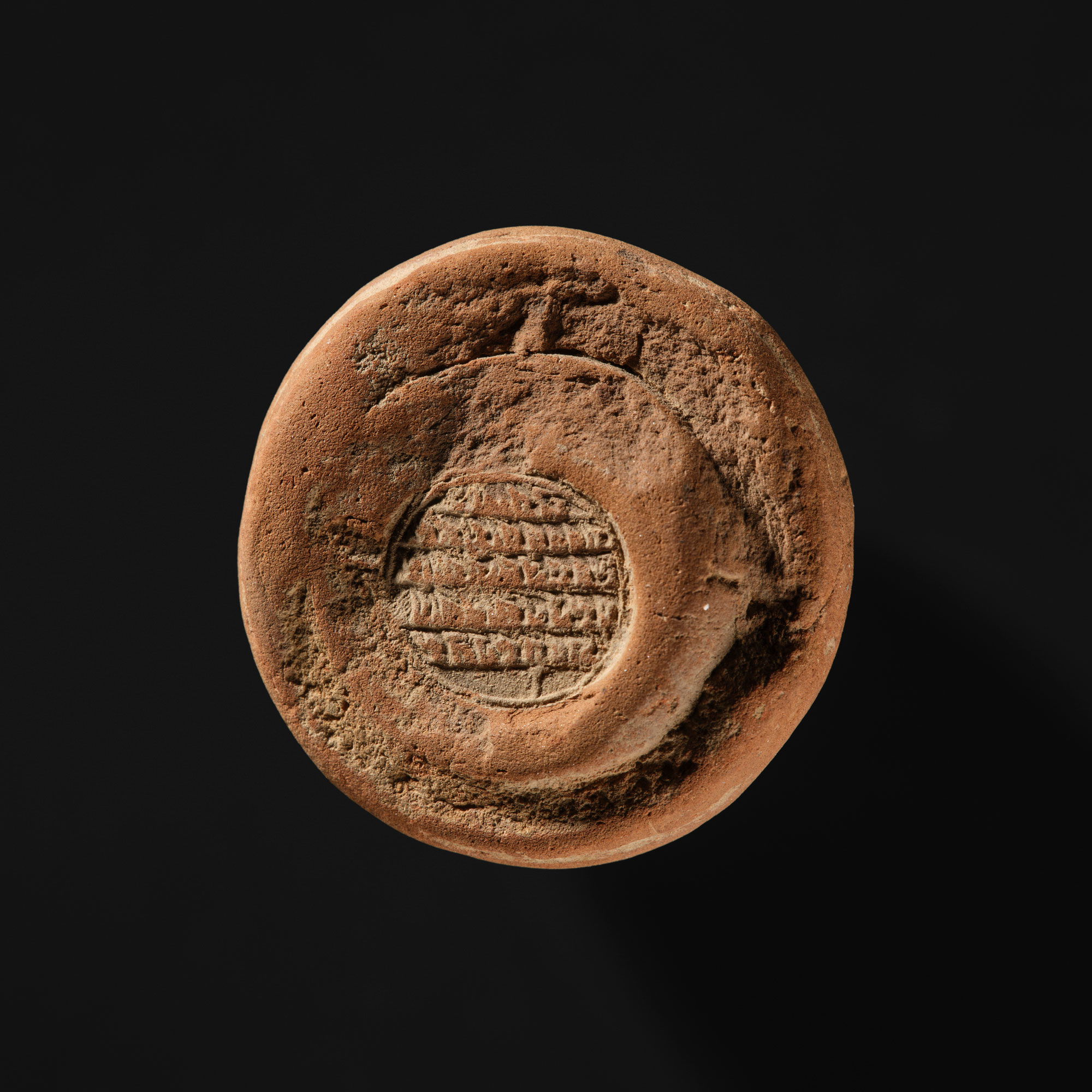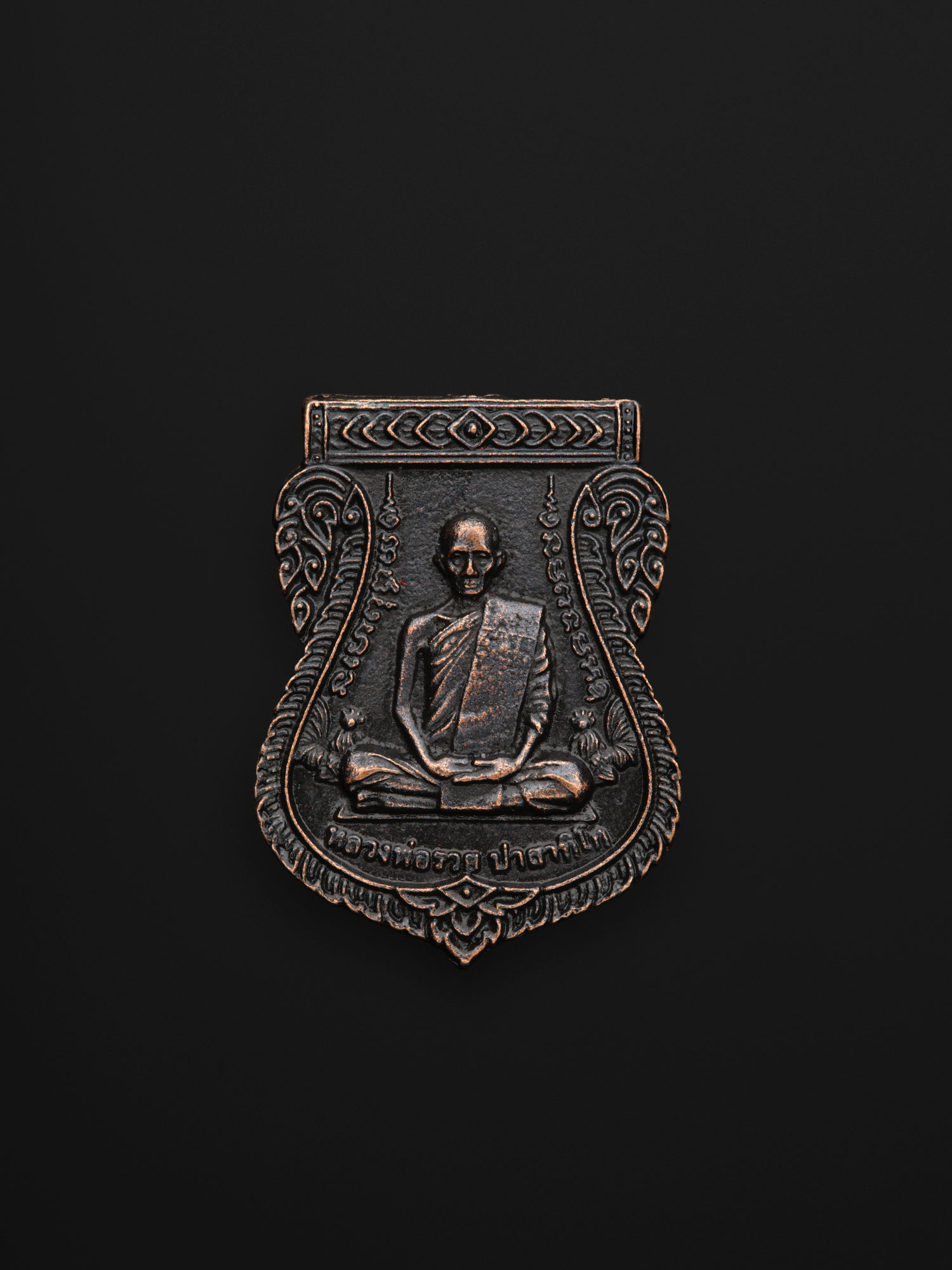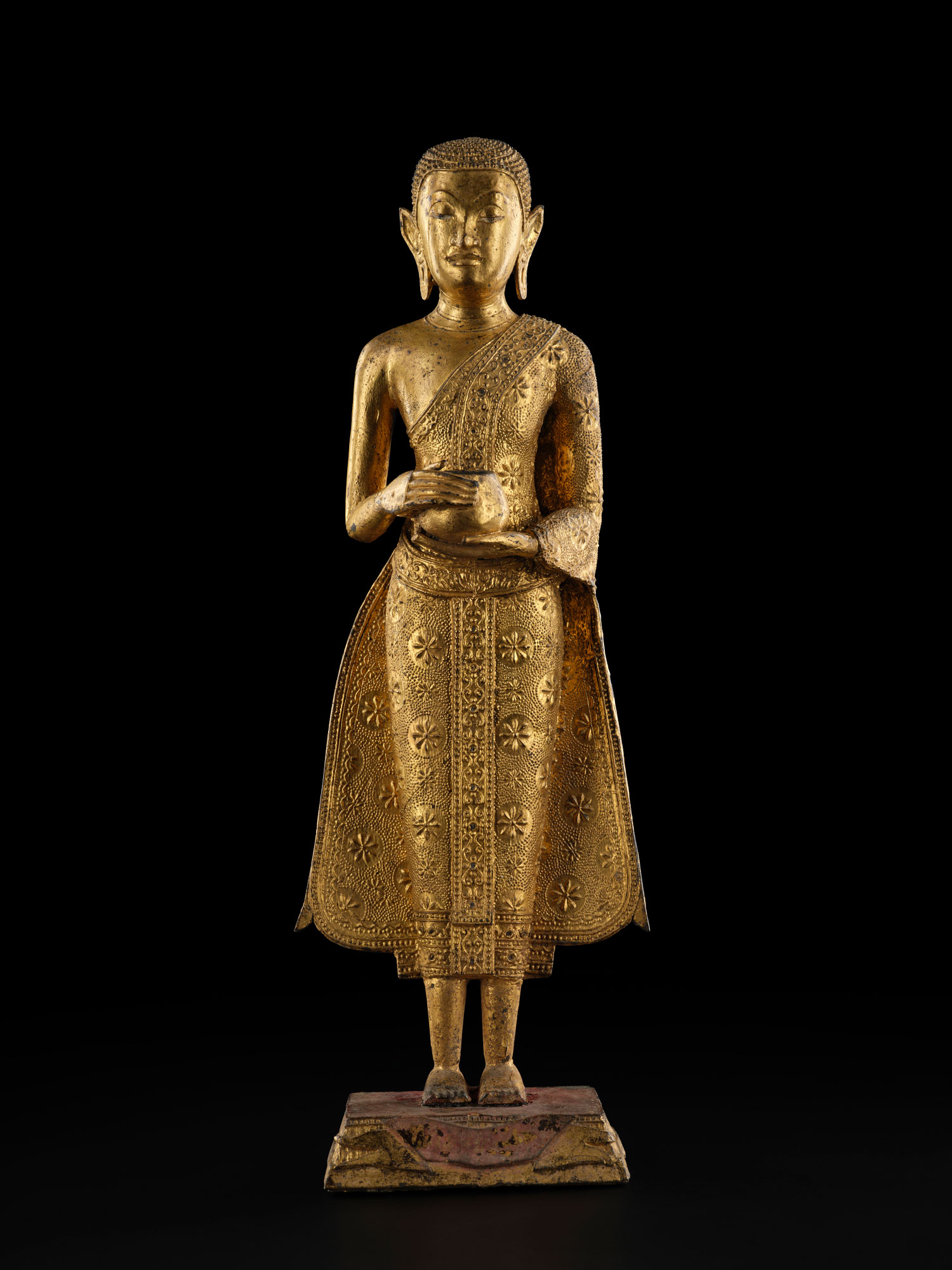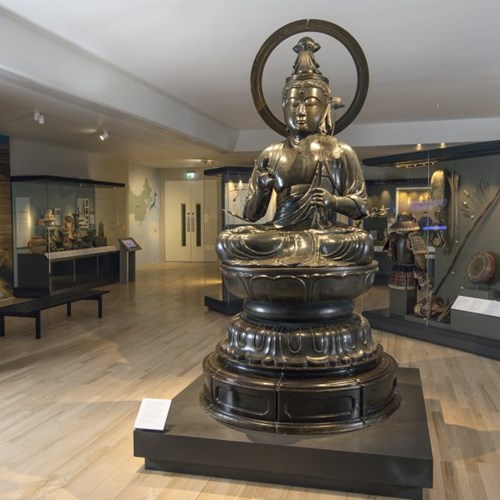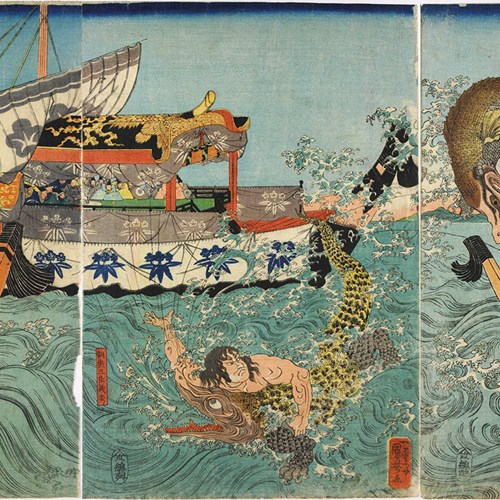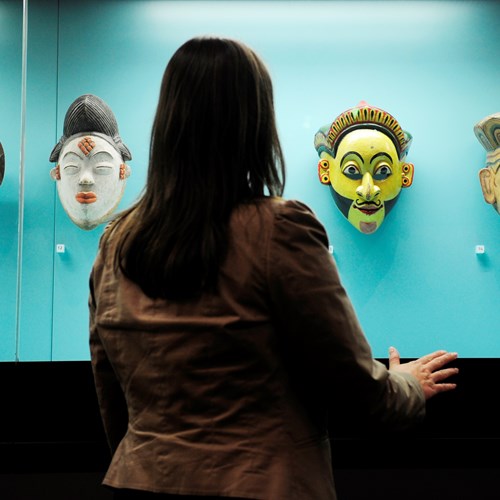Theravāda Buddhism
16 Sep 2023 - 12 Jan 2025
Gallery 3, Level 1
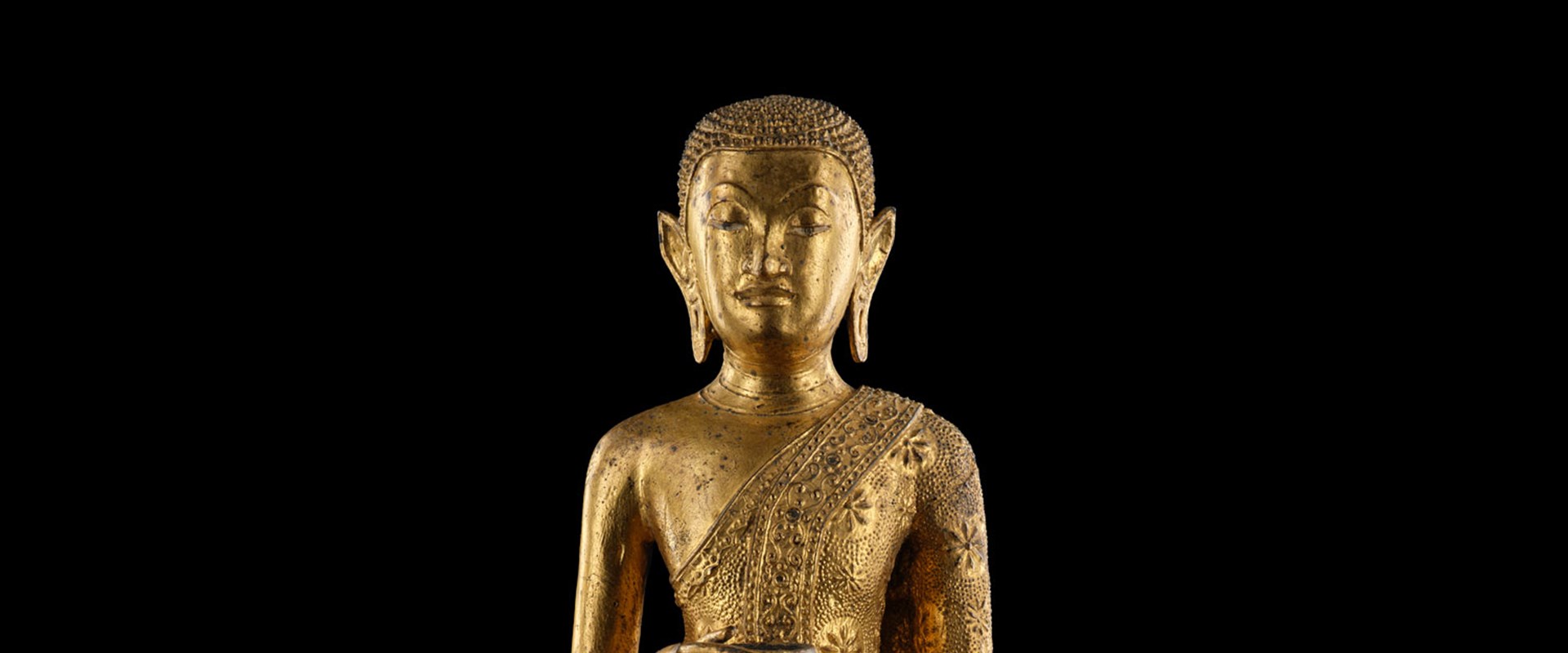
This thought-provoking display charts the history and influence of the Theravāda Buddhist tradition across the world, including its role in Scotland today.
The Theravāda tradition is one of the oldest forms of Buddhism. As one of the two main branches of the faith, it remains strong in Sri Lanka, Myanmar, Thailand, Laos, and Cambodia.
The display includes a Buddha on loan from The Dhammapadipa Temple in Edinburgh. The Buddha was designed and made in Thailand in 2013, then later gifted to Temple where it is now used in their garden meditation room. The image takes inspiration from the Phra Phuttha Chinnarat (Great Victorious Buddha), one of the most revered Buddha images in Thailand.
Alongside the loan are 40 objects from the South and Southeast Asian collection, dating from the 2nd century AD to the present day. They include amulets, relics, statues, and votive offerings, all of which were and are used by Buddhists in their everyday religious practice.
A set of 19th century spinning gongs from Myanmar are also on display. Audio recordings of the gongs provide visitors with a sensory experience, representative of the sound of visiting a temple. The gongs are played by Ewan Millar, percussion student at The Royal Conservatoire of Scotland.
Theravāda Buddhism is the result of partnerships with members of the Buddhist community in Scotland and has been developed collaboratively with Edinburgh Buddhist Studies, an interdisciplinary research network at the University of Edinburgh.
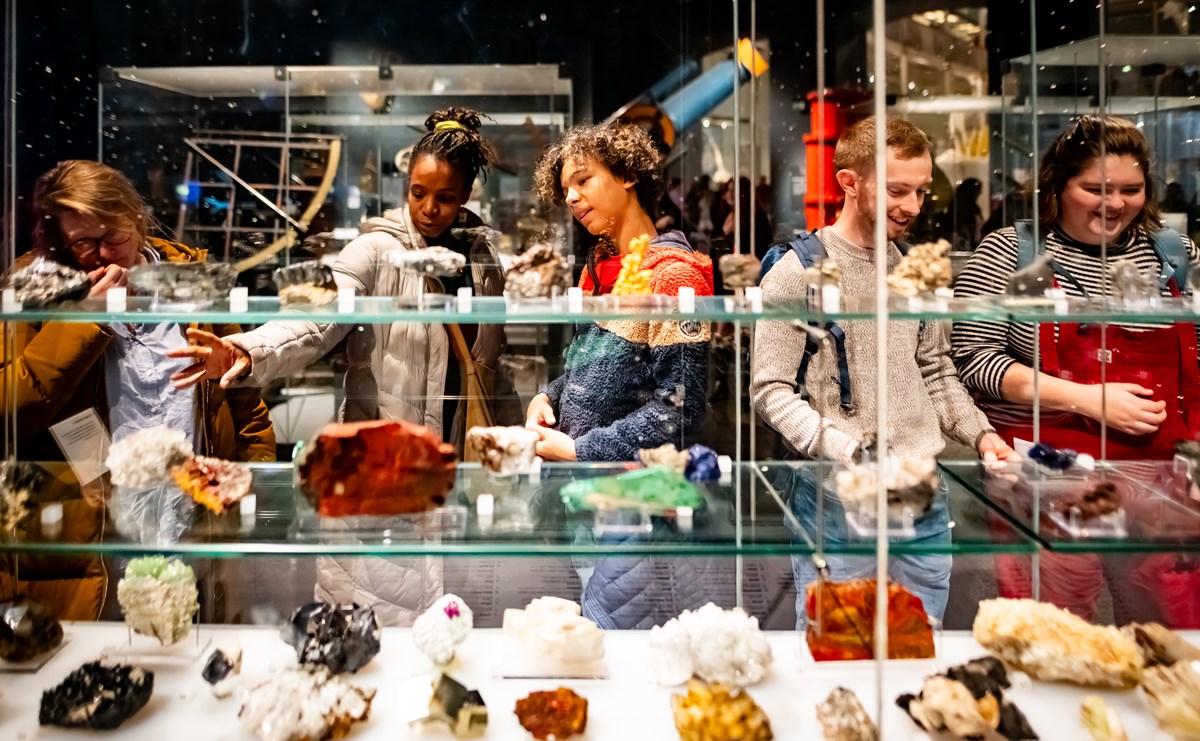
Plan your visit
National Museum of Scotland
Chambers Street
Edinburgh
EH1 1JF
Visiting information can be found on our Plan Your Visit pages.
Access
We want everyone who comes to our museums to enjoy their time with us and make the most of their visit.
- There is level access to the Museum via the main doors to the Entrance Hall on Chambers Street and the Tower entrance at the corner of Chambers Street and George IV Bridge.
- Lifts are available to all floors and accessible toilets are available on Levels 0 and 3, as well as a Changing Places (U) toilet in the Entrance Hall on Level 0.
- Wheelchairs are available for loan at no charge. Please note wheelchairs cannot be booked in advance. On arrival, ask about availability at the Information Desk. Small mobility scooters are permitted inside the museum.
- There is an induction loop in the Auditorium.
- Guide dogs, hearing dogs and other recognised assistance dogs are admitted.
Find out more about our access information. If you have any questions about accessing this event, please email us in advance at publicevents@nms.ac.uk.

